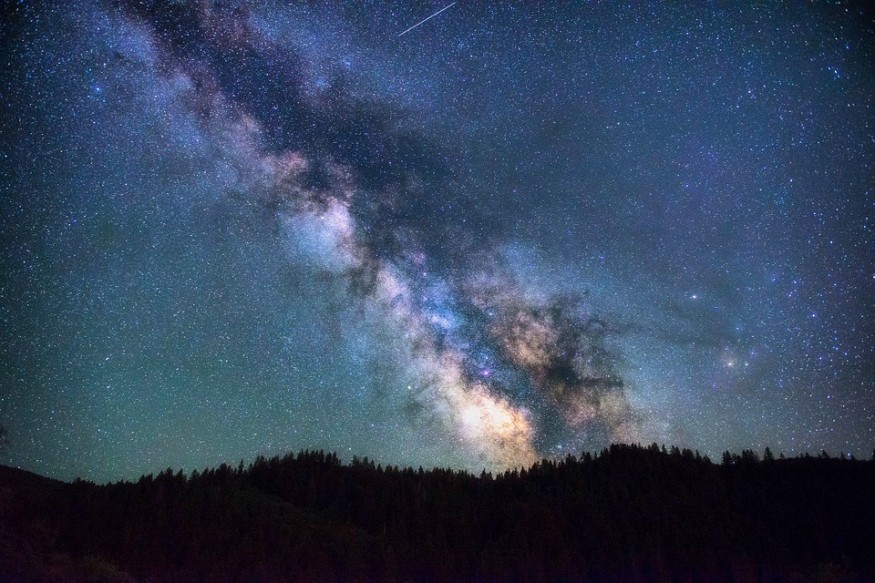This month's full Strawberry Moon will rise this week in the west after sunset, along with Venus and Mars as they pass through the Beehive Cluster.
Here's how to watch these celestial events this week!

Venus Meets a 'Twin' On June 21
Look to the west for Venus on the evening of June 21, Forbes said. The planet will be around 5º from Pollux, one of Gemini's two brilliant stars (the other being Castor).
You will have to be quick to see Venus before it sinks just after sunset. Then, look for Venus to move closer to Castor and establish a straight line with the "twins" later this week.
Mars' in' the Beehive Cluster On June 23
The stunning sight of the red planet nestled amid the 60 or so bright stars of the Beehive Cluster — also known as M44 and Praesepe (meaning "manger" in Latin) — will be visible low in the west-northwest night sky on the evening of June 23.
The same Forbes report claimed a collection of stars around 580 light-years away in the constellation of Cancer can be seen behind Mars with a pair of binoculars.
Last Supermoon of 2021 on June 24
According to NASA, the next full moon will rise on June 24 at 2:40 p.m. EDT, although it will be visible for about three days, beginning early Wednesday morning. The "Strawberry Moon" is the name given to the last full moon of spring or the first full moon of summer, the June full moon.
The Strawberry Moon could be the last supermoon of 2021, depending on how one interprets the word "supermoon." In the space agency's blog, NASA's Gordon Johnston said that Richard Nolle coined the term in 1979. Johnston explained the term is merely referred to a full or new moon at 90 percent of its perigee or closest approach to Earth.
Various publications, however, may use different criteria to determine which full moons qualify as supermoons.
As a result, some may regard the June full moon as the year's final supermoon. Thus, skygazers should not miss it. As long as there is not too much cloud cover, the moon will be easy to see. Those using binoculars or a basic backyard telescope, on the other hand, can get a fantastic view.
The Virtual Telescope Project is providing a live stream from Rome so that others can see it.
Moon and Saturn on June 24
Around midnight, a waning "Super Strawberry Moon" will rise above the eastern horizon, only 4° from Saturn in Capricorn. With Jupiter just beyond and rising a little after, you might have to stay up late to see this one.
Corona Borealis: Bonus Constellation of the Week
Do you know what the "Northern Crown" is? Corona Borealis, a constellation of seven brilliant stars between Boötes and Hercules, is a little-known but very stunning constellation. In June, it's exactly above. It is a crescent-shaped cluster of stars that is almost equidistant from the bright summer stars Vega in the northeast and orangey Arcturus above.
RELATED ARTICLE : Milky Way: Stream of Nearly 500 Stars in the Galaxy is a Family Thousands of Light-Years Away
Check out more news and information on Space on Science Times.










